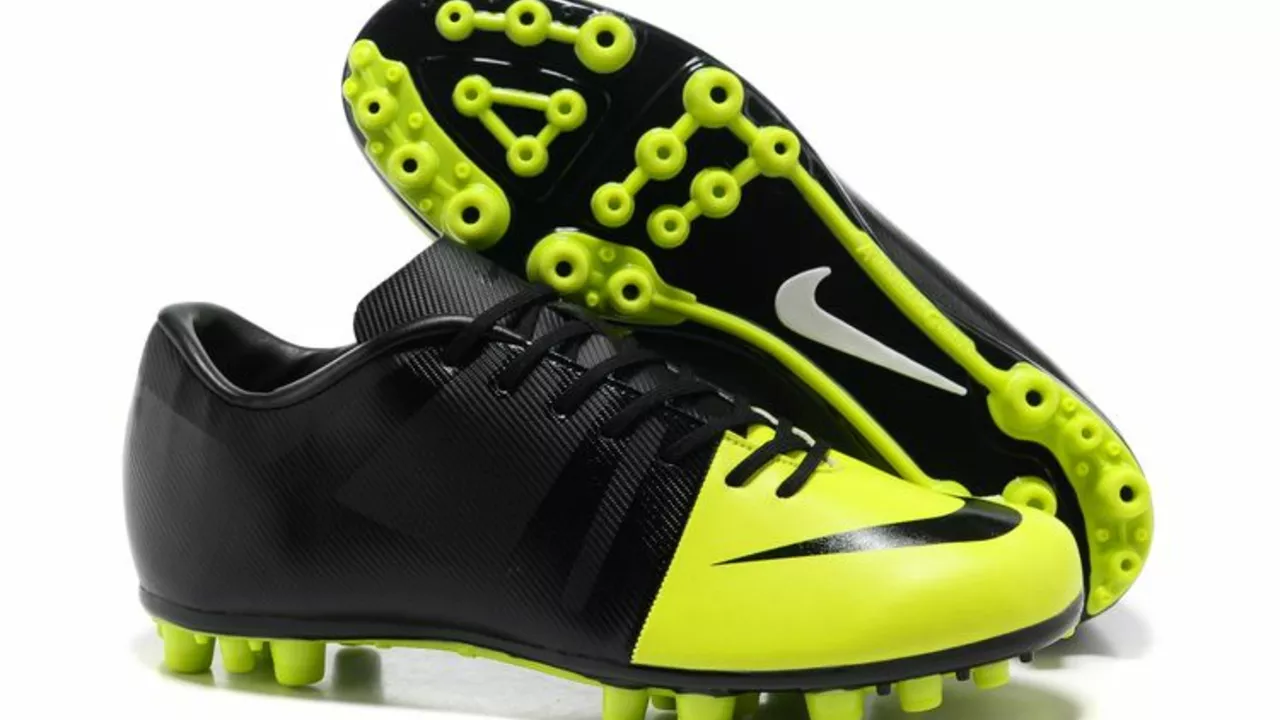Sports Equipment Maintenance for Layton Juniors FC
Keeping your gear in good shape is as important as practising your footwork. When equipment works well, you play better and avoid unnecessary injuries. This page gives you straight‑forward tips you can start using today, whether you’re fixing a pair of snug cleats or just wiping down a ball after a muddy match.
Stretching Tight Soccer Cleats
New cleats often feel like they were made for a dwarf’s feet. The good news? You can make them fit without a trip to a cobbler. First, grab a thick pair of socks and wear the shoes around the house for an hour or two. The extra padding gently expands the material.
If that’s not enough, try the freezer trick. Fill a sealable plastic bag with water, place it inside the shoe, and pop the whole thing in the freezer. As the water turns to ice, it expands and stretches the shoe from the inside. Let it thaw for a few minutes before removing the bag, then try the cleats on.
For leather or synthetic uppers, a little heat helps. Warm the inside of the shoe with a hair dryer for a minute, put on the thick socks, and walk around. The warmth makes the material more pliable, and the sock does the stretching work.
When DIY methods fail, a local cobbler can stretch the shoe professionally in minutes. It’s a small cost for comfort and performance.
Everyday Gear Care
Cleaning your equipment regularly extends its life. After each match, wipe off mud and grass with a damp cloth. For stubborn grime, use a mild soap solution, then rinse with a clean damp cloth and let it air dry.
Shin guards and socks should be washed inside out on a gentle cycle. Avoid high heat in the dryer; air‑drying prevents shrinking and keeps the materials flexible.Balls lose bounce when they get soggy. Store them in a dry place and avoid leaving them in a hot car. If a ball gets wet, pat it dry with a towel and let it sit out of direct sunlight until completely dry.
Protect your cleats from the elements by using a shoe bag or a breathable container. This keeps dust out and reduces the chance of mold forming inside the boots.
Finally, do a quick gear check before every game. Look for loose laces, cracked soles, or worn‑out studs. Replacing a single stud or tightening a lace can prevent a bigger problem mid‑play.
By following these easy steps, you’ll keep your soccer kit performing at its best and save money on costly replacements. Have a tip that works for you? Share it with the Layton Juniors community and help everyone play smarter.

How do I stretch a pair of soccer football cleated shoes?
Alright, my fellow football fanatics, we've all been there - those brand new, shiny soccer cleats that feel like they've been designed for a gnome's feet, right? Well, have no fear because your very own shoe-stretching guru is here to help! First off, we can trick those shoes into expanding by wearing them around the house with a pair of thick socks - it's like giving them a workout. If that's not enough, you can fill a bag with water, stuff it in the shoe, and then pop it in the freezer so the shoe expands as the water turns into ice (seriously, it's science). And if all else fails, you could always take them to a professional cobbler - yes, they still exist! So, give these tips a whirl and turn that hobbit-foot nightmare into a Cinderella dream fit!
Continue Reading
